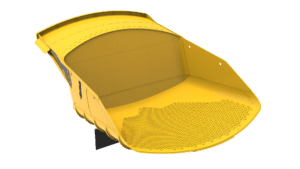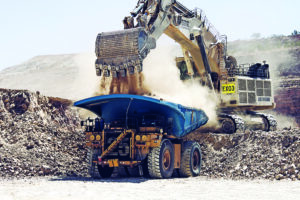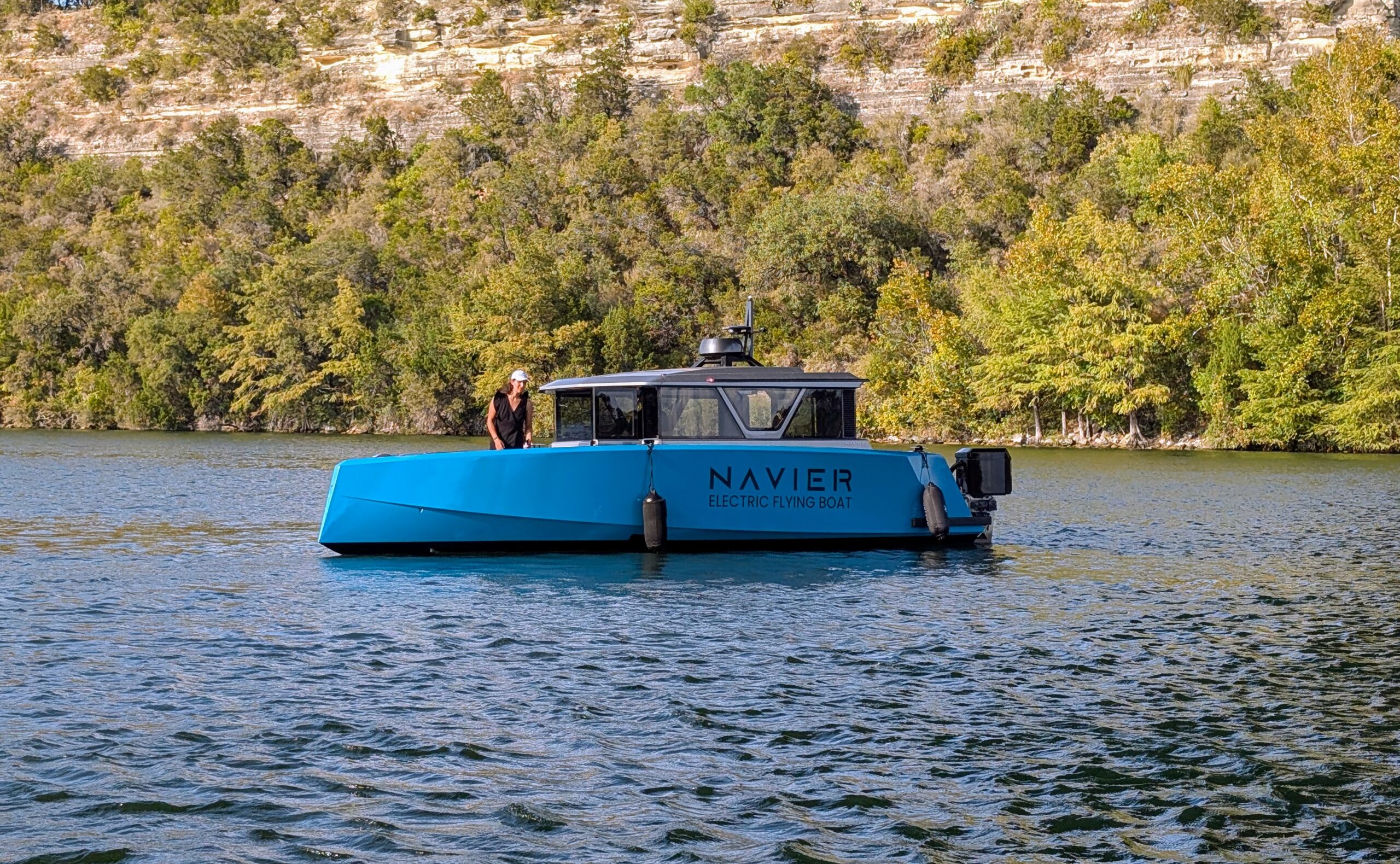Schlam provides some advice on how to overcome the payload challenges associated with hard rock mining.
It’s somewhat surprising – refreshing, even – to see the growing number of electric vehicles (EVs) on city streets.
EVs are now commonplace around the world, especially in Europe. With many governments around the world encouraging the adoption of EVs, and with more manufacturers emerging, demand is expected to continue.
Most of today’s EVs use lithium-ion batteries, and with EV production growing 26 per cent annually, global lithium demand is growing at 20 per cent per year.
In 2022, 60 per cent of lithium, 30 per cent of cobalt and 10 per cent of nickel demand was attributed to EVs.
At the same time, we are also seeing a growing demand for residential and commercial battery storage.
In combination, this has spurred a growth in lithium mining around the globe, especially in Australia. Western Australia has fast become the centre of global lithium mining, accounting for 21 per cent of the world’s reserves and 55 per cent of the world’s production in 2022.
A key challenge in the Australian lithium production sector is competitive commodity pricing as the market exits it ‘bullish’ stage to one of normality. This has required mining operators to improve production efficiencies.
In WA, lithium is sourced from spodumeme and petalite. Both are rated as ‘hard’ minerals comparative to magnetite, the iron ore notorious for affecting the life and performance of fixed and mobile plant machinery.
“Maximising the life and use of assets is vital to mining productivity. Lithium producers are realising the harsh effects of hard rock, especially on dump truck bodies,” Schlam Sales and Business Development Manager – West, Tom Smith, told Australian Mining.
“Abrasion, wear and impact on dump bodies can significantly affect mining productivity in many ways, including unscheduled downtime and maintenance and operating costs, including fuel.
“Schlam assists all mining tiers with hauling lithium, magnetite, blue rock and the ever-challenging mixed ores to help manage wear and to improve payload productivity.”
Schlam is widely recognised for its commitment to making mining equipment more productive. Since its inception over 26 years ago, the company has established itself as a key supply partner to leading Tier 1 hard rock mining companies in Australia, as well as other mining centres around the world.
The company’s innovative curved-shape Hercules open-cut dump body is demanded by major iron ore miners in WA and found across hard rock mine sites across Australia and beyond.

Designed to be lighter than traditional dump bodies, without sacrificing structural integrity, Hercules has enabled some miners to experience payload gains above 20 per cent.
Hard rock miners generally use the weight saving to allow for the installation of wear packages, without affecting payload and fleet productivity.
“The Hercules dump truck body was developed around the needs of hard rock miners,” Smith said. “Our rapid growth stems from our ability to uniquely engineer every Hercules body to combat the challenges of the site it operates in.”
Schlam is continuing to help hard rock miners, including lithium miners, to improve their payload productivity.
Here’s some of the key issues being faced by these miners, as well as considerations offered by the Schlam team based on its extensive industry experience.
Plan for wear and abrasion
Hard minerals have the potential to cause wear and abrasion on dump truck bodies, affecting asset longevity and performance.
“Spodumeme and petalite are extremely hard minerals, so it’s important to factor in wear right from the start,” Smith said.
“We do this at the design and engineering stages, taking into consideration site-specific wear characteristics.”
Quick fixes can add up
With traditional dump bodies, many miners use a ‘band-aid’ approach to wear mitigation. The unplanned patching of cracks, gouges and high-wear areas results in significant asset downtime and unreliability.
“Every time a dump body is being repaired, it’s not being productive. Plus, your incurring additional labour and material costs, and increasing safety risk exposure,” Smith said. “These costs add up over time, so investing in a suitable wear solution, right up front, makes good economic sense.”

Ensuring asset longevity
To avoid expensive body replacements, most mining operators plan for a long asset life.
Schlam assists operators by designing the right wear package, and also offering a wear maintenance program.
Wear packages are designed based on site-specific requirements and are installed at the time of manufacture. Packages can include standard plates and the weight saving patented Schlam Hex tile.
The fact the Hercules body is lighter means it can accommodate a wear package without sacrificing body weight and payload performance. In fact, according to Schlam, a Hercules tray fitted with a bespoke wear package can sometimes weigh less than a standard dump body.
“We place a lot of effort in engineering site-specific wear solutions to minimise the effects of wear and impact, and to maximise material flow,” Smith said. “Quite simply, we add thicker hardened steel where it’s needed the most, and lighter steel in surrounding areas, providing stability, performance and durability.”
Schlam also offers clients an optional wear management program. This service includes site visits and inspections where wear rates are measured, enabling corrective measures to be prescribed.
“The program has assisted many hard rock miners in extending the life of their dump truck bodies – sometimes exceeding 10 years,” Smith said.
Every mine site is unique
Schlam works closely with its clients to address site-specific variables, including wear, material flow and asset lifecycle management.
“Every mine site is different. While one mine site may be challenged by abrasion, another site 50km away could be contending with material hang-up,” Smith said.
“That’s why we design and engineer every Hercules body individually.”
Push for bigger trucks
With fewer experienced operators available, and with the push to increase mine productivity, many sites are now opting for larger dump trucks and excavator buckets.
Lithium miners are continuing to introduce 240-tonne class vehicles into their fleet, the same used by iron ore miners.
Schlam works closely with all of the leading OEM dump truck suppliers, providing hard rock miners the benefit of collaborative experience and delivery of a site-specific vehicle and dump body solution.
Partnering with locals in the know
Schlam is the only large-scale manufacturer of open-cut dump bodies in WA, providing the state’s hard rock miners with local supply and a dedicated service team that provides technical and engineering support, whether remotely or on-site.
All Hercules dump truck bodies supplied in WA are manufactured in Perth, using local labour and world-renowned steel products. This means Hercules bodies are delivered to WA mine sites in considerably less time than those sourced from overseas suppliers.
“We’re here to assist all lithium and hard rock miners, whether they’re in the production or development stage of the mining cycle,” Smith said. “We understand the challenges of hard rock mining and we’re here to guide miners in improving their payload productivity.”
This feature appeared in the October 2023 issue of Australian Mining.



